Reflections and Recommendations II: What is Kat Reading?
This article is a follow-up to a previous book recommendation list published by Husiak last year. For non-fiction recommendations covering environmental justice, marine science, and the natural world at large, click here!
–
This might feel contradictory coming from a graduate student steeped in science since my youth, but reading fiction is how I learn. It’s where I learn empathy. It’s where I learn persistence. It’s where I learn the difference between right and wrong, and the vast middle ground of gray where we all live in and wrestle with.
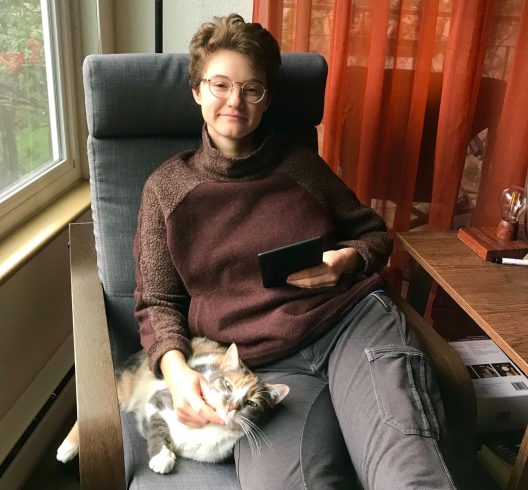
I started my last article referencing my father who gifts me books for my professional library, and this article begins by looking further back – back to when my father would read Harry Potter to me every night, instilling my passion for reading.
Harry Potter is where I learned from a young age that when adults willfully ignore impending doom, whether it be the return of a genocidal dark wizard or the destruction of our planet, we as young people have the power to take charge of our futures. Further, when our government attempts to erase us from the face of the earth, whether we are “Muggle-born” or or don’t conform to their beloved gender binary (made even more painful by JK Rowling’s blatant transphobia), we must find strength in our communities made of unconditional love and support to fight against the systems that don’t want us to exist.
Fiction is a way to feel seen, to imagine futures that feel unimaginable, and to know that you are not alone. Even a dark, depressing book (and there are a few of them on this list) can scratch an itch, with the story’s resolution acting as therapeutic closure.
“Fiction is a way to feel seen, to imagine futures that feel unimaginable, and to know that you are not alone. Even a dark, depressing book…can scratch an itch, with the story’s resolution acting as therapeutic closure.”
The following books I’m recommending are reasonably diverse, but all include the environment as a central character or cultural setting. They also all share the theme of desperation inspiring action. I think this is an important concept to hold onto as we move into an unstable and uncertain future.
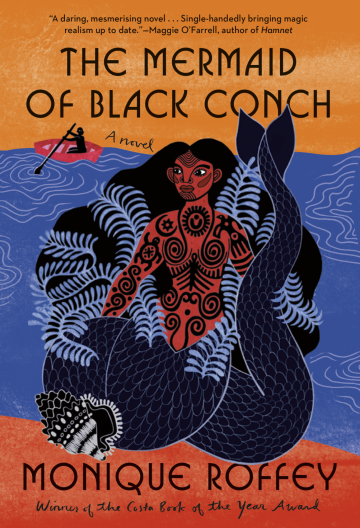
The Mermaid of Black Conch, by Monique Roffey
Roffey reimagines an old Taíno tale of mermaids and magical curses by bringing to life Black Conch, a fictional Caribbean island set in the 1970s. David Baptiste, a young and unassuming fisherman accidentally endangers Aycayia, an ancient and powerful mermaid he fell in love with while fishing on the ocean. When two white men, father and son, unwittingly catch Aycayia on a chartered fishing trip, David rushes to save her from potential death or a lifetime of abuse as a spectacle in SeaWorld.
The Mermaid of Black Conch is all about history reverberating through to the present-day. We interact with the well-intentioned white landowner, Miss Rain, and her deaf, mixed-race son who help safeguard Aycayia from corrupt island police and spiteful women. Then there’s the 1,000-year curse set upon Aycayia by longgone fellow Taíno women which works to drag her back to the ocean. The story twists and turns through issues of colonialism, race, and connection to the natural world all conveyed through culturally-relevant and lyrical prose. Hurricanes convey threats, leatherback turtles are long-time companions, and love attempts to conquer all.
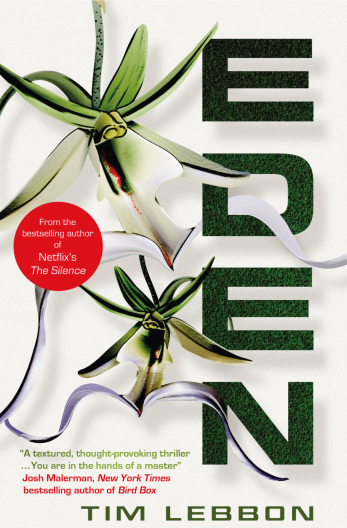
Eden, by Tim Lebbon
An eco-horror story filled with both desperation and action, Eden introduces a team of extreme adventurers who compete in the highly-illegal race across the world’s “Virgin Zones,” portions of the earth off-limits to humans in an attempt to conserve and restore wilderness in the face of destruction and climate change. Each of the team members hold secret their own motivations for entering Eden, the oldest and most mysterious of all Zones, and quickly realize that Eden has its own terrifying mechanism for attempting to make sure those vain enough to enter never leave.
Each section begins with snippets of media, from activists’ tweets to redacted memos, which slowly reveal the political and deadly nature of human’s attempt to reverse environmental destruction. Lebbon captures the desire for experiencing nature untouched by degradation that I find prevalent in the outdoorsy Pacific Northwest culture, and puts these rule-breakers in their place.
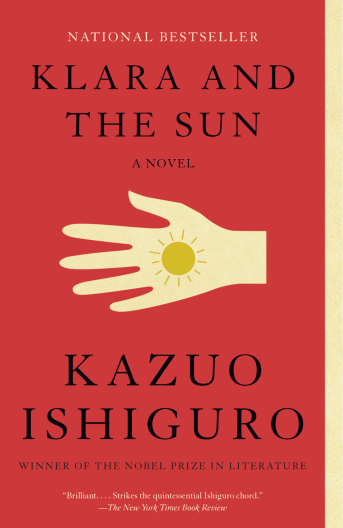
Klara and the Sun, by Kazuo Ishiguro
Gifted to me by my father, Klara and the Sun is unusual, unique, and beautifully written. The story follows an AI robot named Klara, in an unspecified future, whose purpose in life is to be a friendship companion to a child. Klara’s battery is charged by the Sun, and she experiences depressive-like, low battery symptoms when a pollution-generating smokestack one day blocks out the Sun. Klara is extremely observant and earnest; these traits make her invaluable to the mother that purchases Klara for her ill daughter, Josie. As Klara is pressed to preserve familial bonds in a disturbing manner, she simultaneously seeks the aid of the Sun whom she believes can heal all. Klara becomes desperate for Josie’s recovery, and the smokestack ends up in her crosshairs. Ishiguro pushes us to think deeply about how love manifests itself, and what (or who) we are willing to sacrifice to save the ones we love.
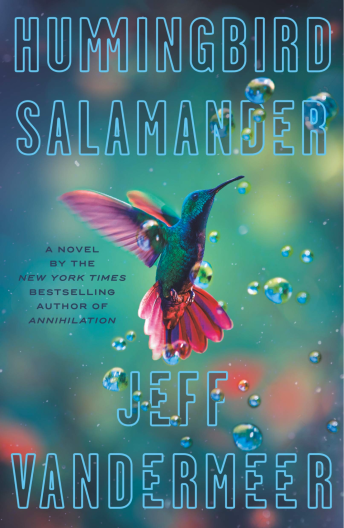
Hummingbird Salamander, by Jeff VanderMeer
I picked up VanderMeer’s newest novel because I had read his The Southern Reach trilogy along with a few other short stories of his. His prior writing imagines how nature and humans diverge and converge in the climate fiction genre. Hummingbird Salamander is not fantasy; it is a gritty and dark eco-thriller that thrusts “Jane” (self-assigned alias) the security analyst into the world of black market trading of endangered animals, and bioterrorism when she receives a key to a storage unit that holds the taxidermied body of an extinct hummingbird. While this book did lose me in a few places, as innumerable secrets and lurking shadowy figures pile up, I felt deep satisfaction in watching Jane use her physical and mental toughness to gruelingly peel back the layers of the convoluted mystery she is lassoed into by famous (and deceased) ecoterrorist, Silvina Vilcapampa.
Jane’s dramatic journey was deeply satisfying for me to experience; it echoed and amplified feelings I have experienced working in the climate and environmental field, such as facing larger-than-life “bad guys,” or the isolating sensation of trying to bring about a brighter future in the face of intense resistance or dispassion. The climax of Hummingbird Salamander insinuates that a stubborn and committed person can bring about transformational change to society. But be warned, transformation is not always in the best interest of the human race.
–
Each of these novels has its own method of ruminating on tipping points; when push comes to shove, what is worth sacrificing, and for what ends? How late is too late to try and repair a destroyed environment, and can that be accomplished within the same systems that caused destruction to begin with? What does it take to forgo your own happiness to save others, especially when there is no guarantee that it will work? These vast questions have no single answer, but in the face of real-life environmental and climate injustices, we could do well by thinking about our own perspectives. Hopefully, these books can simultaneously educate and entertain.